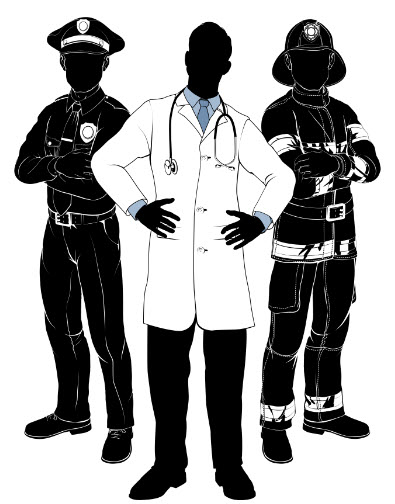
|
The National Institute for Occupational Safety and Health (NIOSH) recommends that managers whose workers will put in long hours on emergency response be aware of health and safety issues connected with working long hours and take precautions to protect workers. Besides fatigue-related hazards, working extended shifts prolongs workers’ exposure to such hazards as noise, heat, and chemicals.
Recommendations for managers
When designing work schedules for emergency responders, NIOSH recommends that managers:
- Use reasonable work hours to allow responders to sleep and recuperate after work shifts. Try to establish at least 10 consecutive hours per day of protected time off duty to allow workers to obtain 7 to 8 hours of sleep. Shorter off-duty periods can compound the fatigue of long work hours.
Your one-stop safety management resource, available 24/7. Go here to take a no-cost site tour or here to try it in your own office!
- Provide frequent, brief rest breaks (every 1 to 2 hours) during demanding work. Frequent short breaks are more effective in preventing on-the-job injuries and errors than a few longer ones. Allow longer breaks for meals.
- Provide adequate rest days during the response—as a minimum, plan 1 full day of rest per week for each team member (including the team leader).
Great news! BLR’s renowned Safety.BLR.com® website now has even more time-saving features. Take our no-cost site tour! Or better yet, try it at no cost or obligation for a full 2 weeks.
- Prioritize and be selective about which work needs to be done and by when.
- Provide support services, such as sleeping rooms close to the worksite, laundry and childcare services, transportation to and from the worksite, counseling, and health care.
You can prevent all sorts of workplace disasters with the resources available at Safety.BLR.com®.
